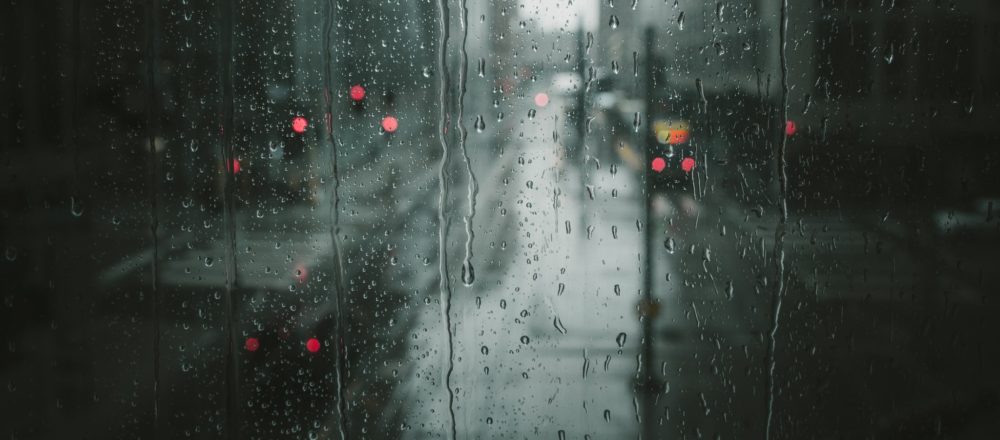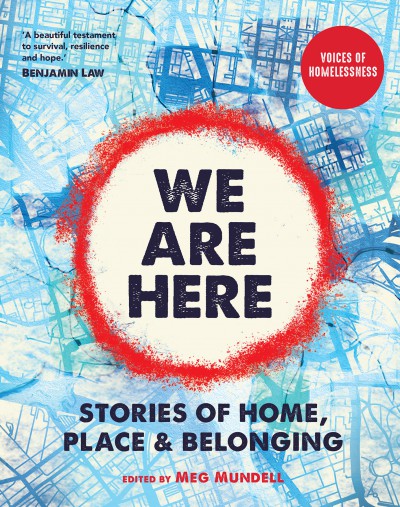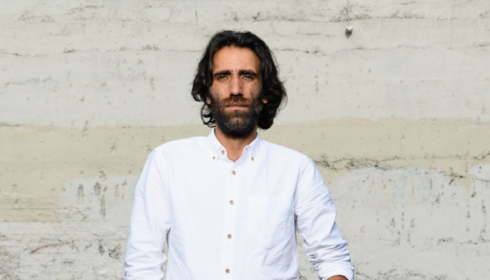We Are Here – Stories of Home, Place and Belonging
Ed. Meg Mundell
Affirm Press
“My brick wall is my couch, my roof the city’s bright lights. Huddled and cold, homeless and alone, hidden in sight.” Patrick McAnelly, Postcards From Elsewhere
We Are Here – Stories of Home, Place and Belonging is a compilation of short stories and poems, by people who have experienced homelessness. Editor, Meg Mundell, a former deputy editor of The Big Issue Australia, says the anthology came out of a workshop-based project with three aims:
to explore understandings of place among people who have experienced homelessness; to investigate how creative writing might capture place-related knowledge and experiences; and to amplify a diverse range of overlooked voices, while challenging some stereotypes.
Writers were not asked specifically to write about homelessness; the brief was simply that the idea of “place” should be present in some way. “Place,” says Mundell in the introduction, “is a vital pillar of human life: we are always, unavoidably, somewhere.” The theme allowed writers to take personal approaches, and the resulting texts explore varied experiences and ideas of “place,” ranging from some kind of home, shelter, or temporary stopping point, through to a sense of togetherness with some other person or people.
“I was living with a group of teens who had no fixed abode,” says George Zammit-Ross, in Under The Clocks.
“We sought salvation in each other’s company, shared an unspoken family bond, one we all felt had been broken or lost in any conventional sense. Ultimately, I was trying to escape the horrors my original family had put me through.”
In the opening story, Chambers of the Heart, Gregory P Smith describes his childhood experience: a violent family home, followed by placement in an orphanage run by cruel nuns, then boys’ homes, foster homes, and reform school.
“Unsurprisingly, by my twenties, I was living in the gutters of Sydney, totally alone, with no home to go to, and not much of what I’d call a heart either.”
Mental illness – in parents, family members, or the writer – is a common cause for home life to disintegrate when support is not available. “Before I became homeless,” writes Krissy Keen, “my world was rocked by a long and persistent panic which shook the ground under my feet, felled thoughts, obscured my comprehension.”
Many of these stories describe childhoods spent moving from one temporary accommodation to another. “Instability, uncertainty and disruption became the hallmarks of my childhood and adolescence,” says Ayub Abdi-Barre. Sometimes, the story is about the place that needs to be escaped from. Debi Rice writes,
“Home is lonely
A place to hide shame and destruction
from the rest of the world”
Many stories describe a turning point when, as teenagers with troubled or violent family lives, the writer finally left the family home to seek shelter elsewhere. “My brother was fifteen, I was seventeen,” says Rachel Kurzyp, “when we found ourselves sleeping at the home of my then-boyfriend’s mother.”
The sheer variety of stories, and writers, reminds us that anyone could be vulnerable to homelessness, given a change in circumstances: “I am sixty-five. I don’t own a house and my savings are inadequate,” says Josiane Behmoiras.
Near the end of the anthology, some stories take a more light-hearted look at a spiritual aspect of “place.” In I’m So Sorry, Shirley Curley, Andrew Bairn tells a funny, poignant, tale of a time when he finally felt accepted into the arts world, and in Family Recipe, Mouchi Latina tells us about how Mr Nowacki Senior, and his “flamboyant son,” solve a business dilemma together.
We Are Here is a statement of strength and resilience. The rich variety of stories about “place” remind us that “homeless” is an adjective, not a collective noun for a homogenous group of people. Each story is told by a human being with a whole lifetime of experiences. The act of writing about one’s life is creative and therapeutic; as such, We Are Here is uplifting, and filled with hope, simply because each of these writers are “here,” now, writing their story.



